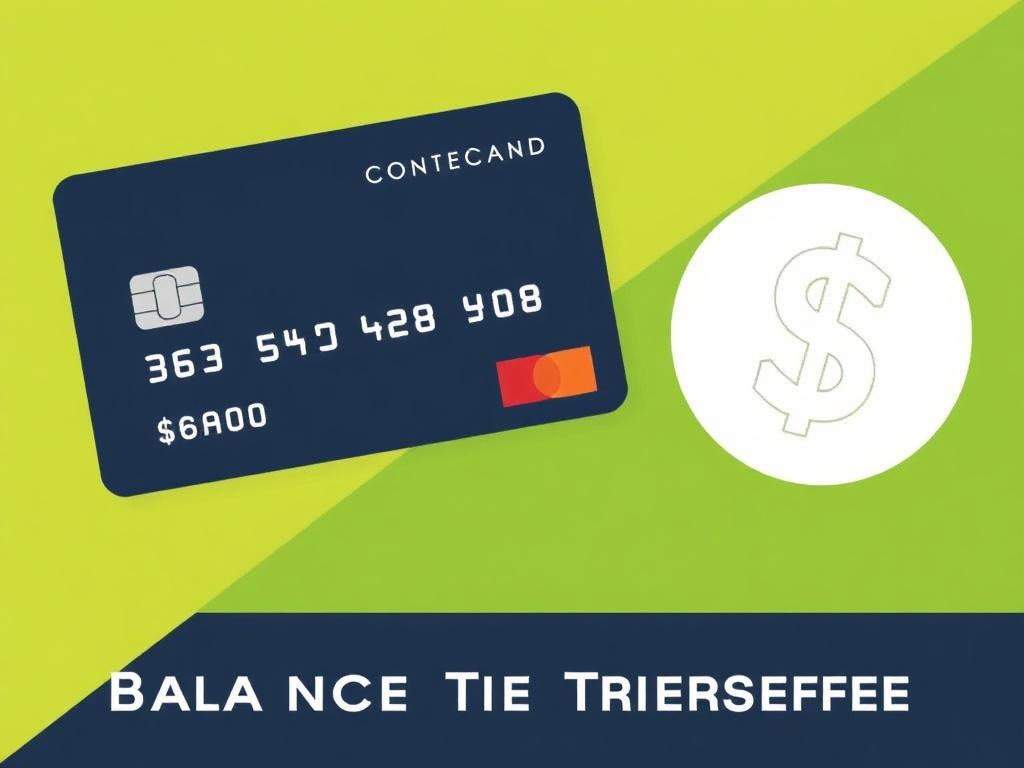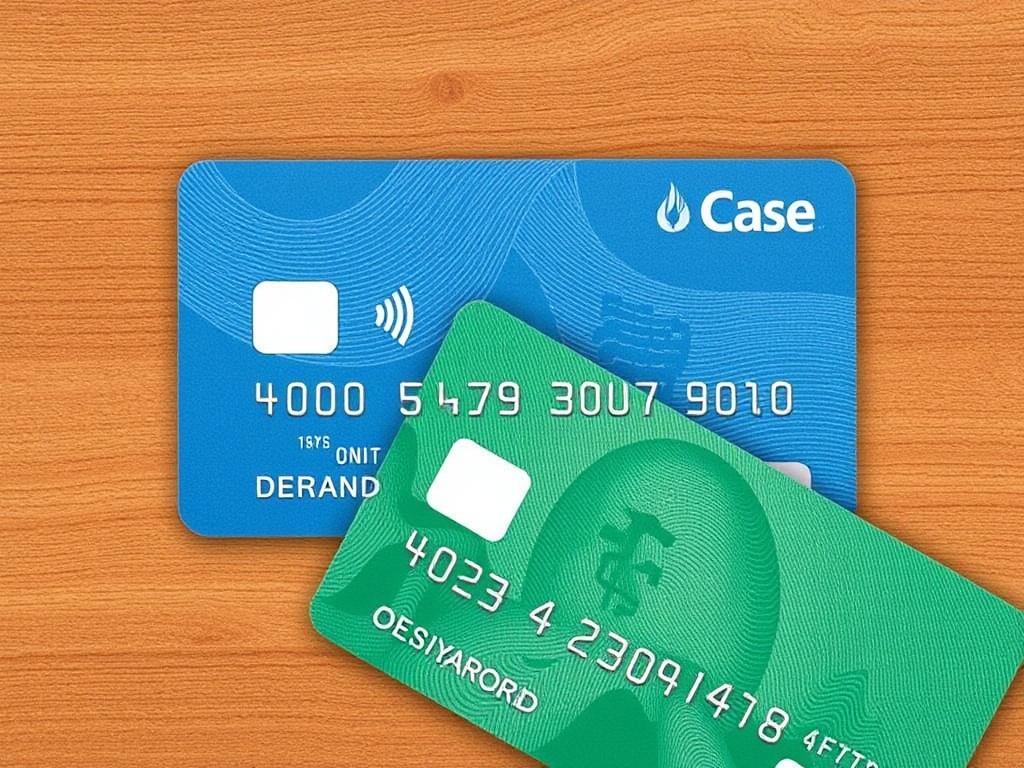SQLITE NOT INSTALLED
Содержание
Understanding Balance Transfer Credit Cards
If you’re struggling with high-interest credit card debt, you’ve probably come across the term “balance transfer credit cards.” These financial tools are designed to help you move your existing credit card debt from one or multiple cards to a new card with a lower interest rate. But is a balance transfer credit card really the best solution for your financial woes? In this article, we’ll dive into the pros and cons of balance transfer credit cards to give you a clear picture before making any financial decisions.
Balance transfer credit cards are special types of credit cards that typically offer an introductory 0% APR (Annual Percentage Rate) on transferred balances for a limited period—usually between six to eighteen months. The idea is simple: by transferring your balance to a card with little or no interest, you can save money on interest payments and pay off your debt faster. However, like any financial product, balance transfer credit cards come with their share of benefits and drawbacks.
How Does a Balance Transfer Credit Card Work?
Before exploring the pros and cons of balance transfer credit cards, let’s understand the basic process. When you apply and get approved for a balance transfer credit card, you can ask the issuer to transfer your existing high-interest debt from your current credit cards to the new card. The new card issuer pays off that existing debt, and from your perspective, your balance moves to the new account.
Usually, balance transfer credit cards come with an introductory promotional APR, often 0%, for a set time period. During this window, you won’t accrue interest on the transferred balance, which means your payments go directly toward reducing your principal amount. However, once the promotional period ends, the APR jumps to the standard rate, which can be quite high if you’re not careful.
Pros of Balance Transfer Credit Cards

Let’s look at the advantages of using a balance transfer credit card and how they might help you take control of your finances.
1. Save Money on Interest Payments
One of the biggest pros of balance transfer credit cards is the potential for substantial interest savings. If your current credit card has an interest rate of 20% or more, transferring your balance to a card with a 0% introductory APR can eliminate interest charges for months. This allows you to focus on paying down your principal balance faster.
2. Simplify Your Debt
Managing multiple credit card payments can be overwhelming and increases the risk of missed payments. A balance transfer credit card can consolidate various debts onto one statement, making your financial life simpler and easier to manage.
3. Improve Your Credit Score
If you use the card responsibly during and after the balance transfer period – paying on time and reducing your overall debt – your credit score can improve. Reduced credit utilization and a strong payment history can positively influence your credit rating.
4. Promotional Perks
Some balance transfer credit cards come with additional perks like rewards programs, no annual fees during the promotional period, or even sign-up bonuses. These extras make the card more attractive and provide more value beyond just saving on interest.
Cons of Balance Transfer Credit Cards
While the benefits sound enticing, it’s important to understand the potential downsides and limitations before you jump in.
1. Balance Transfer Fees
Most balance transfer credit cards charge a fee for moving your debt, typically between 3% to 5% of the amount transferred. Although this fee might seem manageable upfront, it can add up and diminish your overall savings, especially if you’re transferring a large balance.
2. Time-Limited Promotional Period
The 0% APR is not permanent. Once the introductory period expires, the interest rate jumps back to a standard rate, which could be high. If you haven’t paid off your balance by then, you might face significant interest charges on the remaining balance.
3. Impact on Your Credit Score
Applying for a new credit card can briefly lower your credit score due to the hard inquiry on your credit report. Additionally, if increasing your available credit utilization isn’t managed well, your score might take a hit.
4. Temptation to Accumulate More Debt
Sometimes, transferring a balance can create a false sense of financial freedom. You might feel inclined to use your old credit cards again, racking up additional debt and worsening your overall situation.
5. Not Ideal for Large Balances
Balance transfer credit cards often have credit limits. If your existing debt is large, you may not be able to transfer the entire amount, limiting the effectiveness of the strategy.
Key Features to Consider When Choosing a Balance Transfer Credit Card

Navigating the crowded field of balance transfer credit cards can be confusing. Here’s a handy table summarizing the key factors to evaluate when picking the right card.
| Feature | Description | Why It Matters |
|---|---|---|
| Introductory APR | The annual percentage rate offered during the promotional period (often 0%). | Determines how much interest you save |
| Length of Introductory Period | Duration (in months) the promotional APR applies. | Gives you the time frame to pay off your balance interest-free |
| Balance Transfer Fee | Fee charged to transfer your balance, usually a percentage of the transferred amount. | Can reduce your overall savings; smaller fee is better |
| Standard APR After Promo | The interest rate applied once the introductory period ends. | Important to understand your future payment obligations |
| Credit Limit | The maximum amount you can transfer or borrow on the card. | Must be sufficient to cover your transferred balance |
| Additional Perks | Rewards programs, sign-up bonuses, no annual fees, etc. | Can improve overall value and make the card more rewarding |
Tips for Maximizing the Benefits of a Balance Transfer Credit Card
If you decide that a balance transfer credit card makes sense for your financial situation, keep these tips in mind to get the most from this financial tool.
- Pay More Than the Minimum Payment: Use the interest-free period to tackle your principal aggressively, reducing the balance to zero before the promo ends.
- Keep Track of the Promo Period: Mark your calendar so you know exactly when the introductory APR expires and avoid surprises.
- Avoid New Purchases on the Card: New purchases might not benefit from the 0% APR and can accrue interest immediately.
- Don’t Apply for Multiple Cards Simultaneously: Multiple credit inquiries in a short span can hurt your credit score.
- Plan Your Debt Payoff: Be realistic about how much you can pay off during the promotional period and choose a card accordingly.
Who Should Consider Using a Balance Transfer Credit Card?
Balance transfer credit cards are not a one-size-fits-all solution. They work best for people who already have existing credit card debt and are committed to paying it down responsibly. If you’re diligent about budgeting, have steady income, and are confident you can pay off the balance within the promo timeline, balance transfer credit cards can be a great strategy to save money.
However, if you have a habit of overspending, lack a clear repayment plan, or have very large balances that exceed available credit limits, other options might make more sense, such as personal loans, credit counseling, or debt management programs.
Common Myths About Balance Transfer Credit Cards
There are some misconceptions that often confuse potential users, so let’s clear the air:
- Myth 1: Balance transfer credit cards have no fees whatsoever. Actually, most cards charge a balance transfer fee, so always read the fine print.
- Myth 2: You can transfer any amount regardless of your credit limit. Your credit limit caps the amount you can transfer, and if your debt is huge, it might not be possible to transfer everything.
- Myth 3: Making on-time minimum payments is enough during intro periods. Minimum payments help you avoid penalties, but paying more accelerates debt payoff.
What Happens After the Promotional Period Ends?
It’s critical to understand that once the introductory APR expires, any remaining balance will start accruing interest at the card’s regular rate. For instance, if your card’s standard APR is 18%, any leftover debt after the promo period could grow quickly, reversing the benefits of the balance transfer.
To avoid this, try to pay off as much of your transferred balance as possible during the 0% interest window. If you anticipate not being able to clear the balance entirely, consider a payment plan or exploring other financing options once the promo ends.
Is a Balance Transfer Credit Card Worth It?

Deciding whether to get a balance transfer credit card depends on your individual financial situation. Ask yourself these questions:
- How high is the interest on your current credit card debts?
- Can you realistically pay off the transferred balance before the introductory rate ends?
- Are you disciplined enough to avoid accumulating new debt?
- What are the transfer fees, and do the savings outweigh these costs?
If your answers lean positively, balance transfer credit cards can be a valuable tool for managing debt efficiently. They provide a smart way to reduce interest costs, consolidate debt, and regain control of your finances.
How to Apply for a Balance Transfer Credit Card
Applying for a balance transfer credit card is similar to applying for any other credit card. Here are the steps:
- Check Your Credit Score: Most balance transfer credit cards require good to excellent credit.
- Compare Offers: Use online tools to find cards with favorable terms, including low or zero APR and minimal fees.
- Calculate Potential Savings: Factor in fees and promo period length to determine if the transfer makes financial sense.
- Submit Your Application: Apply online or in person and wait for approval.
- Initiate the Transfer: Once approved, provide details of your existing credit card balances for the issuer to handle the transfer.
Other Alternatives to Consider
If balance transfer credit cards don’t seem like a perfect fit, there are other alternatives to reduce credit card debt:
- Personal Loans: Usually offer fixed interest rates and monthly payments, which can make budgeting easier.
- Debt Consolidation Loans: Combine multiple debts into one with a potentially lower interest rate.
- Credit Counseling: Nonprofits can help negotiate payment plans or interest rates with creditors.
- Debt Management Programs: Set up through counseling agencies to help you repay debt systematically.
Final Thoughts
While balance transfer credit cards are powerful financial tools, they come with both significant advantages and potential pitfalls. By understanding the pros and cons of balance transfer credit cards, as well as carefully assessing your own financial habits and situation, you can make an informed decision. Remember, the key to success lies in using these cards responsibly—pay off your debt during the promotional period, avoid accumulating new debt, and plan ahead for when the introductory APR ends. With the right approach, a balance transfer credit card can be a stepping stone toward financial freedom and peace of mind.
Conclusion
Balance transfer credit cards offer an appealing way to reduce high-interest credit card debt by providing low or 0% interest for a limited time, helping you save money and pay down principal faster. However, they come with balance transfer fees, limited promotional periods, and the risk of future high-interest rates if the debt isn’t cleared in time. If you’re disciplined, understand the terms thoroughly, and use the card purely as a debt repayment tool, this financial product can be incredibly beneficial. On the other hand, if you’re prone to overspending or unable to pay off your balance before the promo ends, balance transfer credit cards may do more harm than good. Ultimately, successful use depends on careful planning and commitment to manage debt wisely.
Опубликовано: 23 July 2025 Кредитрон – блог о кредитах, финансах и прочих реверансах
Кредитрон – блог о кредитах, финансах и прочих реверансах

